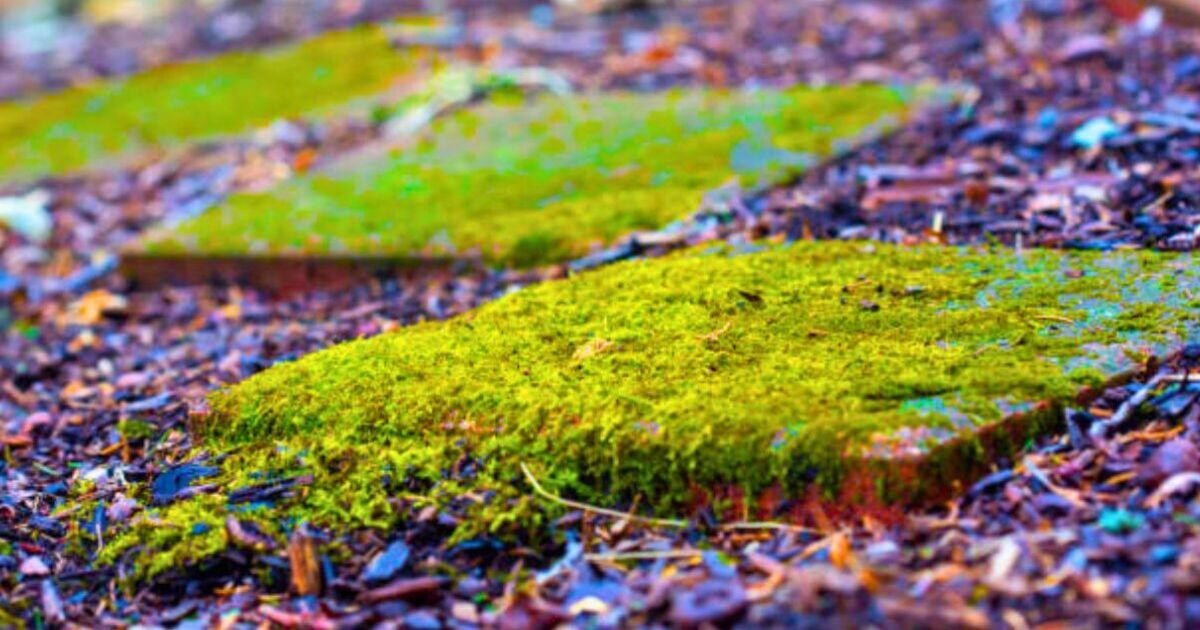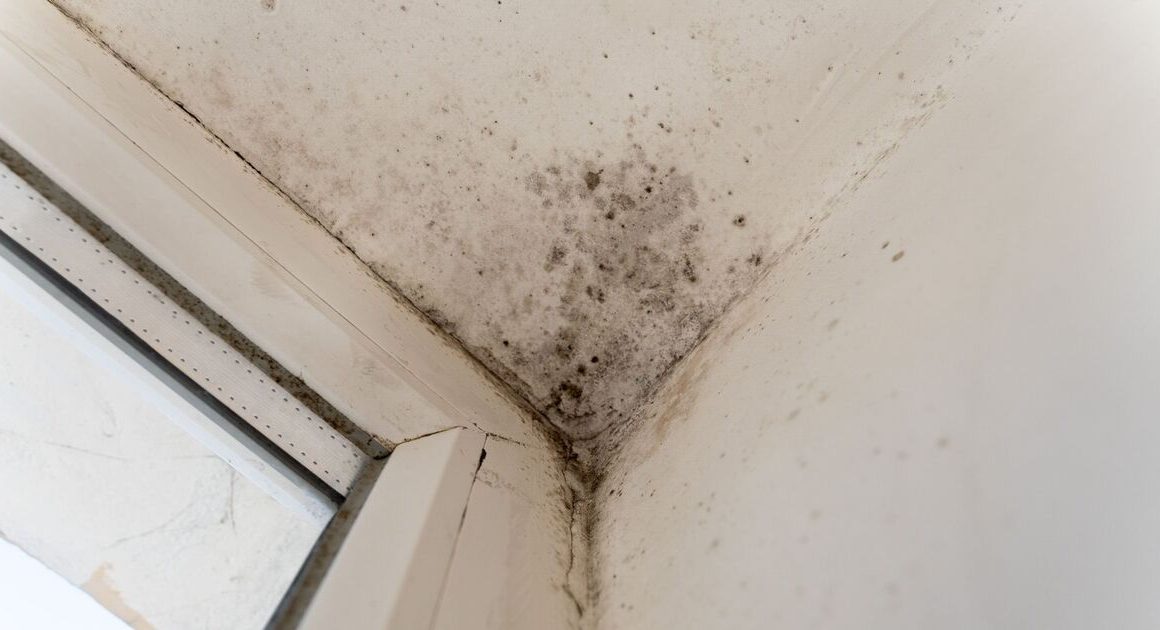Algae begins to grow quickly in the rainy autumn weather as it can only thrive in damp conditions, but you only need one natural item to easily get rid of it.
It is important to clean away algae as soon as possible as it can help spread the fungus and mould to nearby plants which can attract diseases to your garden.
Monty Don, a gardener best known for presenting Gardeners’ World, has shared it is also crucial to clean away any algae on paths or patios in autumn as it can be a major health hazard.
On his website, Monty said: “At this time of year brick and stone paths can be very slippery and dangerous.
“This is due to algae that grows on the surface, especially if wet and shaded and at this time of year they may stay wet and slippery for months.”
What is the best way to get rid of algae?
It is incredibly easy to get rid of slippery algae and stop it being a health risk in autumn by simply scattering sharp sand around your garden.
Sharp sand, also known as coarse sand or grit sand, is known for its rough angular grains that can naturally scrap away algae from pavements or any other stone surfaces.
It is a simple way to prevent moisture from accumulating on a surface which will also make it more difficult for algae, as well as moss and weeds, to grow in cracks in a pavement.
However, what makes sharp sand so great to use is that it is non-toxic and will not harm your garden or local wildlife, unlike commercial chemical products.
In fact, sharp sand can even improve the soil structure around your garden and improve air circulation which can create a healthier environment for surrounding plants.
Sharp sand can be bought in garden centres and home improvement stores such as B&Q where it only costs £3.47 for a large bag.
How to get rid of algae without using chemicals
To begin, clean away any loose debris or fallen leaves on your patio or pathway as a cleared surface will make it easier for the sharp sand to loosen up the algae.
Monty said: “The best way to reduce the slipperiness is to wash off the algae with a pressure hose (which can be hired by the day).
“When this is done brush in sharp sand. If the path is brick or stone the porous surface will absorb some of the sand.”
However, if you do not have a washer pressure then do not worry as you can also just use a stiff brush or broom.
Simply pour the sharp sand around the stone surfaces and then work it into any cracks or joints using a brush.
Monty said “A quicker – but still quite laborious – alternative is simply to work sand in with a stiff brush without the washing. Either way, you have a very effective way of making a path safe without resorting to chemicals.”











